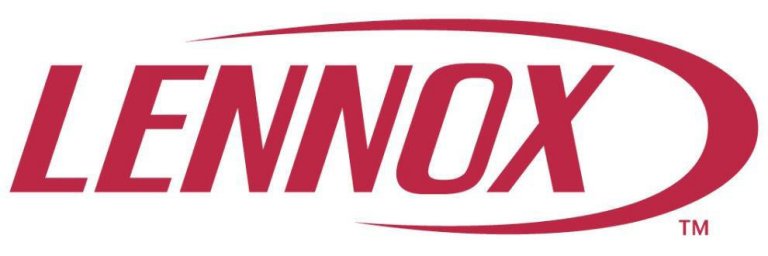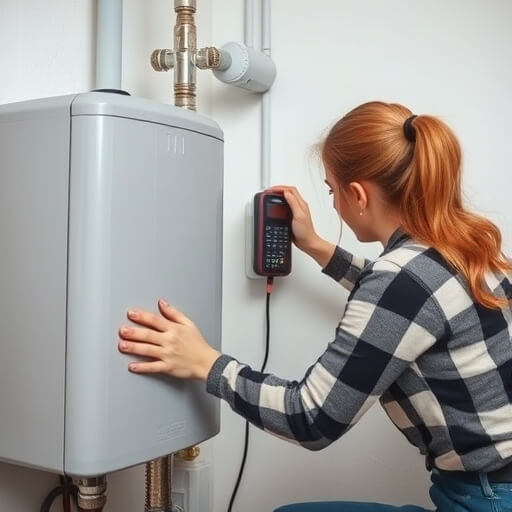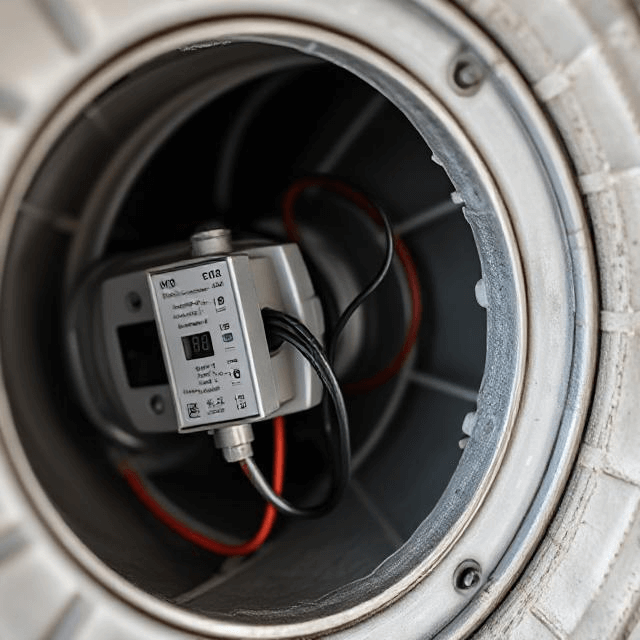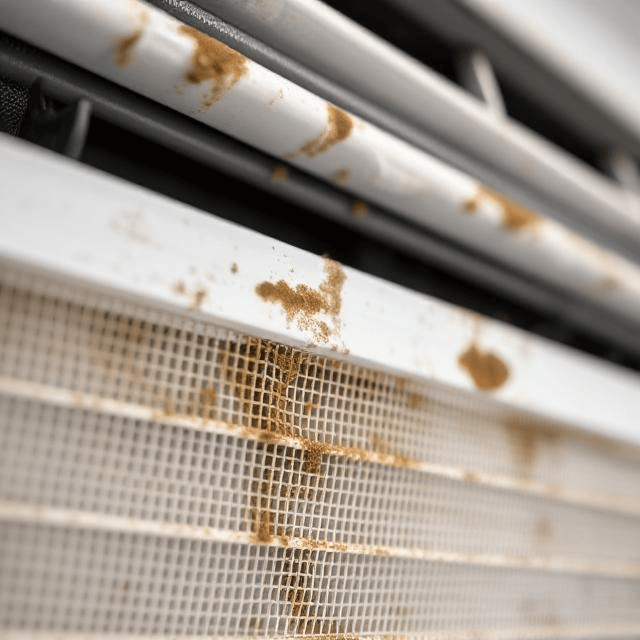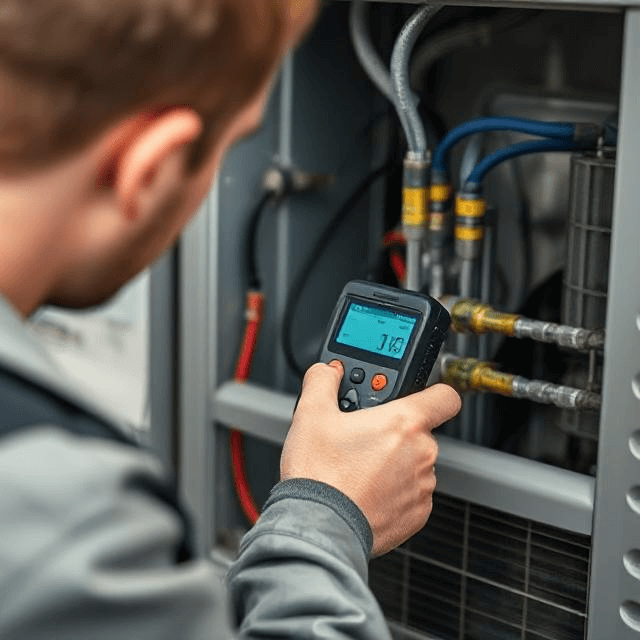During the colder months, your furnace is essential for maintaining a warm and livable environment. Even minor malfunctions can disrupt its performance and make your home uncomfortable. Taking the time to troubleshoot common furnace issues can help you address these problems efficiently, avoiding unnecessary repair costs and delays.
In this guide, let’s explore how to identify and resolve minor faults so your heating unit continues to operate reliably and maintains a comfortable indoor temperature during the winter.
The Most Common Furnace Problems
- Thermostat malfunctions like incorrect settings or dead batteries
- Dirty or clogged air filter
- A tripped circuit breaker or switched-off furnace power
- Pilot light or ignition problems in gas furnaces
- Blower motor failure
- Blocked or closed vents
- Error codes on the control panel
- Gas or burning smells
How to Troubleshoot Your Furnace
1. Check the Thermostat of Your Furnace
The thermostat controls your furnace’s operation, so issues here can prevent it from functioning properly. Here’s how to troubleshoot it:
- Verify the settings: Ensure the thermostat is set to “heat” and the temperature is set above the current room temperature.
- Replace batteries: Weak or dead batteries can disrupt functionality for battery-operated models.
- Clean the thermostat: Dust and debris can interfere with sensors. Use a soft cloth to clean the surface and connections.
- Test its responsiveness: Increase the temperature setting slightly to see if the furnace activates. If it doesn’t, consider checking the wiring connections or consulting a professional.
2. Inspect the Furnace’s Air Filter
A clogged or dirty air filter can severely affect furnace performance by restricting airflow. Restricted airflow can cause overheating and reduce efficiency. To inspect and maintain your air filter:
- Locate the filter: It’s typically near the blower compartment.
- Check for dirt or clogs: Hold the filter up to light. If light doesn’t pass through, it’s time for a replacement or cleaning.
- Replace or clean as needed: Disposable filters should be replaced, while reusable filters can be washed and dried thoroughly before reinserting.
- Schedule regular checks: Inspect the filter monthly during high-usage seasons and replace it at least every 90 days to maintain efficiency.
3. Examine the Furnace Switch and Circuit Breaker
Sometimes, power issues are the root cause of furnace malfunctions. To rule these out:
- Check the furnace switch: Ensure it’s in the “on” position. This switch is often located near the furnace and can accidentally be turned off.
- Inspect the circuit breaker: If the furnace breaker is tripped, reset it by switching it off and then back on. If it trips again, there may be an underlying electrical issue that requires professional attention.
4. Review the Pilot Light or Ignition System
Gas furnaces use a pilot light or an electronic ignition system to heat the gas.
- For older furnaces: If the pilot light is out, relight it following the manufacturer’s instructions. If it doesn’t stay lit, the thermocouple might need replacement.
- For newer models: Check the ignition system for error codes or flashing lights. Refer to the user manual for reset procedures.
5. Inspect the Blower Motor
The blower motor is responsible for circulating warm air throughout your home. If it’s not working, your furnace won’t heat effectively. Troubleshooting steps include:
- Visual inspection: Remove the access panel and check for dirt, debris, or loose components.
- Listen for unusual noises: Squealing or rattling could indicate worn bearings or a loose fan belt.
- Ensure free movement: Turn off the power and manually spin the blower wheel to check for obstructions. Clean or adjust as needed.
6. Look for Error Codes on the Furnace’s Control Panel
Many modern furnaces have control panels that display error codes when something goes wrong. Error codes often pinpoint issues like ignition failure or blocked airflow, helping you decide whether to fix it or call a technician.
To use this feature:
- Locate the display panel: This is usually near the blower compartment.
- Decode the error: Use the furnace manual to interpret the flashing lights or numerical codes.
7. Check for Blocked Vents
Blocked vents reduce airflow and can strain your furnace. To address this:
- Inspect all vents and registers: Ensure they are open and unobstructed by furniture, curtains, or other objects.
- Clean vent openings: Use a vacuum or duster to remove dirt and debris that may block airflow.
Maintain consistent airflow: Keep vents open in all rooms to prevent pressure imbalances hindering furnace performance.
8. Monitor for Gas or Burning Smells
If you detect a sulfur-like odor from your gas furnace, it could mean a gas leak. Turn off the gas supply, leave your home, and contact emergency services immediately.
Remember that dust burning after a long period of inactivity is normal, but persistent smells could signal overheating or electrical issues. Turn off the furnace and have it inspected.
How to Troubleshoot a Heat Pump
If your heat pump isn’t working, check the thermostat to ensure it’s set correctly and the system is on. Inspect the outdoor unit for debris or ice buildup and clear it if necessary. Also, check the air filter and replace it if it’s dirty. If issues persist, consider calling a professional for further diagnosis.
How to Troubleshoot a Boiler
Start by checking the thermostat and ensuring it’s set to the desired temperature. Verify that the boiler has power and inspect for visible leaks or low water pressure. Bleeding the radiators can help address trapped air causing uneven heating. For persistent problems, contact a licensed technician to avoid further damage.
When to Call a Professional to Troubleshoot Your Home Heater?
Not all furnace issues can be resolved through DIY troubleshooting. Call a licensed technician if:
- The furnace cycles on and off frequently.
- There is no heat despite all basic troubleshooting steps.
- You hear loud, unusual noises like banging or grinding.
- The issue involves electrical wiring or gas components. Professional service ensures accurate diagnosis and long-term solutions.
Don’t Let Furnace Issues Leave You in the Cold!
If troubleshooting hasn’t resolved your furnace issues or you’re facing persistent problems, it’s time to bring in the experts. At Season Control Heating & Air Conditioning, we’re available 24/7 to provide fast, reliable furnace repair and maintenance services. Our licensed technicians will ensure your heating system operates smoothly, keeping your home warm and safe throughout the winter.
Call 818-275-8487 to schedule a service or get immediate assistance. Don’t let furnace problems leave you in the cold! Let us restore your home’s comfort today!
FAQs
How to tell if a furnace is working?
Check if warm air is blowing from the vents, the thermostat is set to “heat,” and the furnace is running without unusual noises or odors. Additionally, a properly functioning furnace will maintain the set temperature on the thermostat.
What would cause my heat not to kick on?
Common reasons include incorrect thermostat settings, a tripped circuit breaker, a clogged air filter, or a faulty ignition system. These issues can disrupt the furnace’s ability to generate or distribute heat effectively.
How long do furnaces last in a home?
Most furnaces last 15–20 years, depending on maintenance and usage. Regular tune-ups and timely filter replacements can extend their lifespan.
What is the most common furnace failure?
A dirty or clogged air filter is one of the most common furnace failures, as it restricts airflow and can cause overheating. Thermostat malfunctions and ignition system issues are also frequent culprits.
